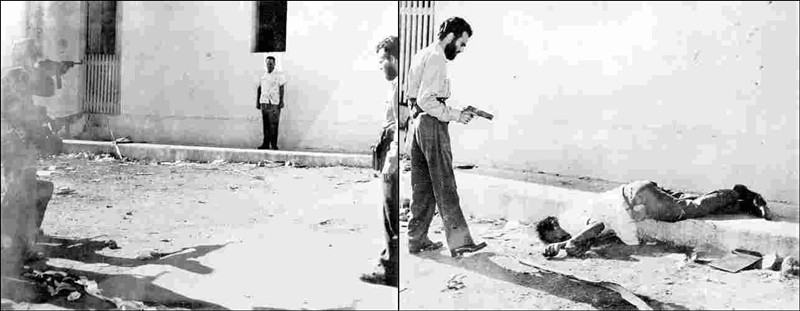In previous articles about Che Guevara, I have written that ‘one man’s revolutionary is another man’s terrorist.’ To his proponents, of which there are still millions today, Ernesto ‘Che’ Guevara was a freedom fighter; a man who championed the cause of the downtrodden against oppressors. To his opponents, he was a bloodthirsty murderer who killed for sport. In Cuba, he is apparently a national hero, and there are also statues of him in Argentina. In the United States and other nations, he is vilified as a terrorist.
Much like age, facts can make fools of us all. The notion that Guevara was entirely a force of good should have eroded over time as more information was made available. Yet there are those who still have an idealistic idea of who he was and what he did. It is time to put that notion to bed once and for all. The reality is this: Che Guevara should be nobody’s hero and here are 9 reasons why.
1 – Retribution against the Former Cuban Regime Was Brutal
In this case, one may try to point out that Batista was a cruel and oppressive ruler and Guevara et al. were just meeting fire with fire. Then there is the fact that revolution almost always comes with bloodshed. During the revolution, for example, Batista’s men rounded up rebels and executed them on the spot. They also murdered and tortured civilians. In this instance, it is hardly a surprise that Castro’s rebels were brutal in their retribution after seizing the capital, but Guevara was involved in some terrible atrocities.

He was the governor of Santa Clara prison for five months (January to June 1959), and during this time, he reveled in the ensuing bloodshed. Several hundred people were executed during his tenure, but accounts vary as to his role. His supporters suggest that he tried to pardon as many people as he could, but this assertion is in stark reality to what we know about his character. Remember, this is a man who said: “A revolutionary must become a cold killing machine motivated by pure hate.” Does this sound like something a man would say if he were intent on pardoning enemies?
The truth is, Guevara enjoyed the ritual of the firing squad and approached his task with the same glee one would have when opening a birthday present. Tradition dictates that one of the rifles used by a firing squad was filled with blanks. However, Guevara insisted that every rifle was filled with live ammunition to ensure each man in the squad knew he was an executioner.
It is true that the people of Cuba were supportive of the executions, but Guevara didn’t even bother to give the accused a fair trial. In his opinion, “judicial proof was unnecessary” when it came to executing members of the former regime. In cases where someone survived the firing squad, he would walk up and shoot the person in the head. This leads us to the next point.

